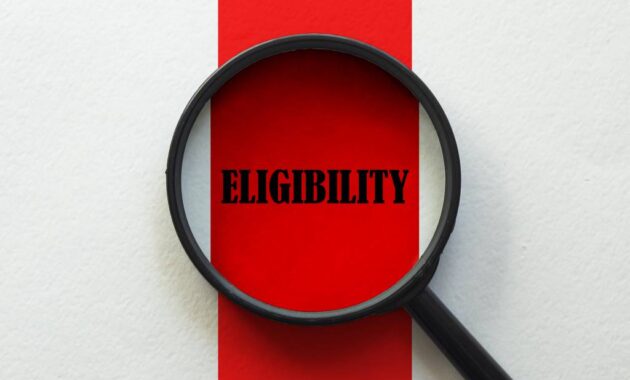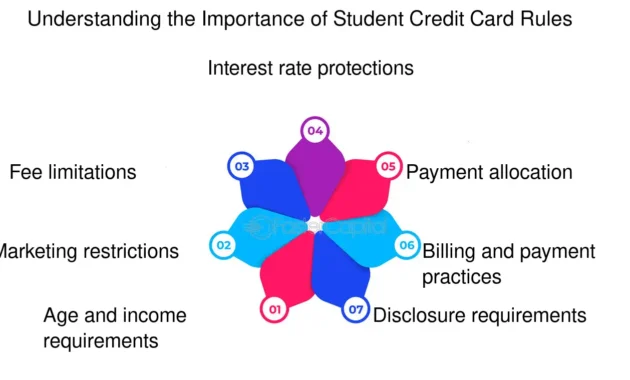Apply For Student Credit Card A student credit card is a great financial tool for young adults looking to build their credit history while managing their expenses. Applying for a student credit card requires understanding eligibility, documentation, and responsible usage. This guide will walk you through the application process and provide essential tips for successful approval.
Apply For Student Credit Card
What is a Student Credit Card?

A student credit card is a type of credit card designed specifically for college students with little or no credit history. These cards typically have lower credit limits, easier approval requirements, and educational benefits that help students develop responsible financial habits.
Benefits of a Student Credit Card
1. Builds Credit History
Using a credit card responsibly helps establish a credit score, which is crucial for future loans, renting apartments, or even job applications.
2. Teaches Financial Responsibility
Managing credit card payments fosters budgeting skills and promotes responsible financial behavior.
3. Offers Rewards & Perks
Many student credit cards come with cashback rewards, discounts, and zero annual fees, making them attractive for students.
4. Provides Emergency Funds
A credit card can be useful during unexpected expenses like medical emergencies or urgent travel needs.
Eligibility Criteria for a Student Credit Card

1. Age Requirement
Most banks require applicants to be at least 18 years old to apply for a student credit card.
2. Enrollment in an Educational Institution
Applicants typically need to be enrolled in a college or university to qualify.
3. Income or a Co-Signer
Some credit card issuers require proof of income, such as part-time jobs or financial support from parents. If you don’t have an income, you may need a co-signer to apply.
4. No or Limited Credit History
Student credit cards are designed for individuals with little or no credit history, making them an excellent first credit option.
Step-by-Step Guide to Applying for a Student Credit Card

Step 1: Research and Compare Student Credit Cards
Before applying, compare different student credit cards based on:
- Interest rates (APR)
- Fees (annual fees, late payment charges, etc.)
- Rewards and cashback offers
- Credit limit and flexibility
Step 2: Check Your Credit Score
Even though most student credit cards don’t require a high credit score, it’s still a good idea to check if you have an existing credit history through a free credit report service.
Step 3: Gather the Required Documents
You’ll need to provide:
- Government-issued ID (passport or driver’s license)
- Proof of enrollment (college ID or acceptance letter)
- Proof of income (if required) or a co-signer’s details
- Social Security Number (for U.S. applicants)
Step 4: Apply Online or In-Person
Most banks and credit card issuers allow online applications, making it easier for students to apply. You can also visit a local branch to apply in person.
Step 5: Wait for Approval
Once you submit your application, the bank will review your documents, verify your eligibility, and run a credit check. Approval can take anywhere from a few minutes to a few days.
Step 6: Activate Your Card and Set Up Online Banking
After receiving your student credit card:
- Activate it through the bank’s website or app.
- Set up online banking for easy account monitoring.
- Enable autopay to avoid missing payments.
How to Use a Student Credit Card Responsibly

1. Pay Your Bills on Time
Making on-time payments is crucial to maintaining a good credit score and avoiding late fees.
2. Keep Your Credit Utilization Low
Try to use less than 30% of your credit limit to maintain a healthy credit score.
3. Avoid Unnecessary Debt
Only charge what you can afford to pay off each month. Avoid carrying a balance to prevent high interest charges.
4. Monitor Your Spending
Use banking apps to track your spending habits and set budgets.
5. Take Advantage of Rewards and Cashback
Many student credit cards offer cashback on groceries, dining, or online shopping—use them wisely to maximize benefits.
Common Mistakes to Avoid When Applying for a Student Credit Card
1. Applying for Multiple Cards at Once
Too many applications can lead to hard inquiries, which can negatively impact your credit score.
2. Ignoring Interest Rates
Always check the APR (Annual Percentage Rate) to avoid high interest charges on unpaid balances.
3. Not Reading the Terms and Conditions
Review fees, penalties, and rewards policies to avoid unexpected charges.
4. Overspending and Missing Payments
Failing to manage your expenses can lead to debt accumulation and damage your credit score.
Also Read : Understanding Interest Charge On Credit Card: A Comprehensive Guide
Conclusion
Applying for a student credit card is a significant step toward financial independence. By understanding the eligibility requirements, selecting the right card, and using it responsibly, students can build a strong credit history and develop smart financial habits. Always compare different options before applying and ensure you use your credit card wisely to maximize its benefits.
FAQs
1. Can I get a student credit card with no income?
Yes, some banks allow students to apply without income but may require a co-signer or proof of financial support.
2. How long does it take to get approved for a student credit card?
Approval times vary, but it can take anywhere from a few minutes to a few days depending on the issuer.
3. What happens if I miss a payment on my student credit card?
Missing a payment can lead to late fees, increased interest rates, and a negative impact on your credit score.
4. Can international students apply for a student credit card?
Yes, but they may need to provide additional documents such as a student visa, proof of enrollment, and an ITIN (Individual Taxpayer Identification Number).
5. When should I upgrade to a regular credit card?
After building a good credit history (typically 6-12 months), you can apply for an unsecured credit card with better rewards and a higher credit limit.